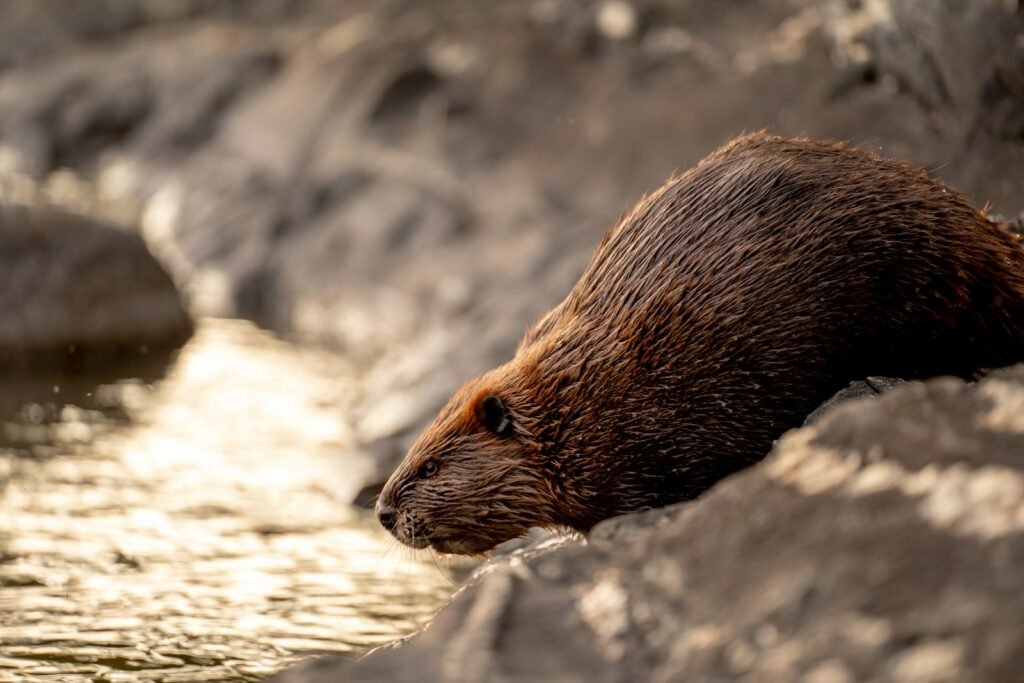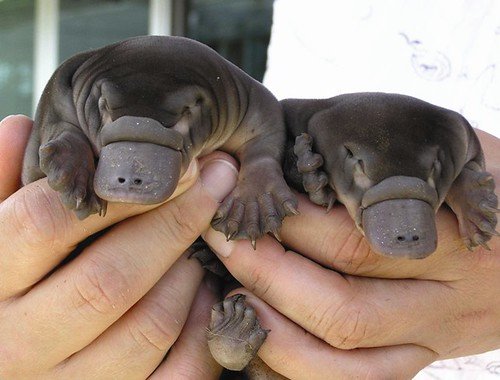DD Animal News – By 2050, nearly 70% of the world’s population will live in cities—a shift that threatens to squeeze nature into the margins. But what if cities didn’t just take space away from wildlife, but gave some back? A new wave of research says rewilding urban spaces—not just with trees and flowers, but with actual animals—might be a key to restoring balance between people and planet.
From Concrete Jungle to Urban Wilderness

Most city-based conservation efforts have focused on greenery: planting trees, restoring wetlands, and creating cool, shaded parks. While these efforts offer big benefits—like cleaner air and cooler neighborhoods—they often leave out a critical piece of the ecosystem puzzle: animals.
That’s because most wildlife reintroduction programs have focused on wild, remote places. But according to a new review of more than 2,800 studies, only 17 looked at rewilding within cities. And yet, those few efforts—like bringing beavers back to London or platypuses to Sydney—show it’s not only possible, it’s powerful.
Rewilding urban areas is often guided by the idea that if you build green space, animals will come. While this may work for birds, bats, and insects that can easily fly in from outside the city, it’s much more difficult for mammals and reptiles. These ground-dwelling creatures struggle to navigate busy, human-dominated landscapes to reach new habitats. Once they do return, however, they play vital roles in maintaining healthy ecosystems.
Meet the Comeback Critters

The idea isn’t just theoretical. Real animals are already returning to urban environments—with a little help.
In Portugal, red squirrels have made a successful comeback to city parks. In Singapore, the oriental pied hornbill now nests amid skyscrapers. Rio de Janeiro’s forests have welcomed back howler monkeys. And Sydney’s Royal National Park is once again home to the elusive platypus after a 50-year absence.
These reintroductions don’t just fill parks with cuteness—they serve important ecological roles. Beavers manage wetlands, hornbills spread seeds, and monkeys balance ecosystems by foraging and digging.
Researchers are investigating what species will see the most success, starting with what animals are native to the area. It is important for researchers to rewild urban areas with ecologically smart decisions to make sure their efforts can last.
How to Make It Work

Rewilding cities takes more than planting trees and hoping animals show up. Success stories share a few key ingredients: artificial nest boxes, supplementary feeding, predator control, and community support. And choosing the right species matters—especially those that are regionally common but missing from cities.
Crucially, any plan must also address why species disappeared in the first place. That means tackling threats like traffic, pollution, and invasive predators such as foxes and feral cats.
In places with colonial histories, researchers emphasize the need to include Indigenous knowledge and Traditional Owners in these projects—not only to honor cultural roots, but to ensure the efforts truly work in the long term.
Why People Need Wild Things Too
Urban rewilding isn’t just about animals—it’s about people, too. As humans become more disconnected from nature, we risk forgetting why it matters. In some places, kids can name more fast-food logos than native species.
By restoring animals to everyday places like city parks, we create more chances for people to hear a birdcall, spot a platypus, or marvel at a monkey. That emotional connection helps build a new generation of nature lovers.
Because if we want cities to be greener, healthier, and more resilient, we can’t stop at plants. It’s time to bring the animals home.






